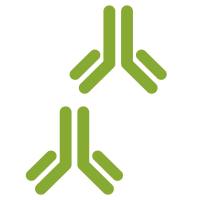Biospecific interactions are used in many capturing and bioseparation steps. A typical situation is the coupling of a biospecific ligand to a chromatographic stationary phase for affinity chromatography. This approach has two possible drawbacks. The first is that a chromatographic column may be awkward to use in experimental setups; the second is related to the need to develop a dedicated coupling chemistry for any given affinity ligand. In affinity precipitation, the biospecific affinity ligand is instead linked to a stimuli-responsive molecule to yield a so-called affinity macroligand (AML). Upon stimulation, such molecules show abrupt yet reversible precipitation from aqueous solution. Capture by affinity precipitation just requires the addition of the stimuli-responsive AML to the raw target solution followed by selective precipitation of the formed affinity complex via the application of the stimulus. The need for the synthesis of a dedicated AML may be circumvented by the use of an avidin-activated stimuli-responsive precursor, to which any biotinylated affinity ligand can be securely linked via the well-known strong avidin–biotin interaction.






